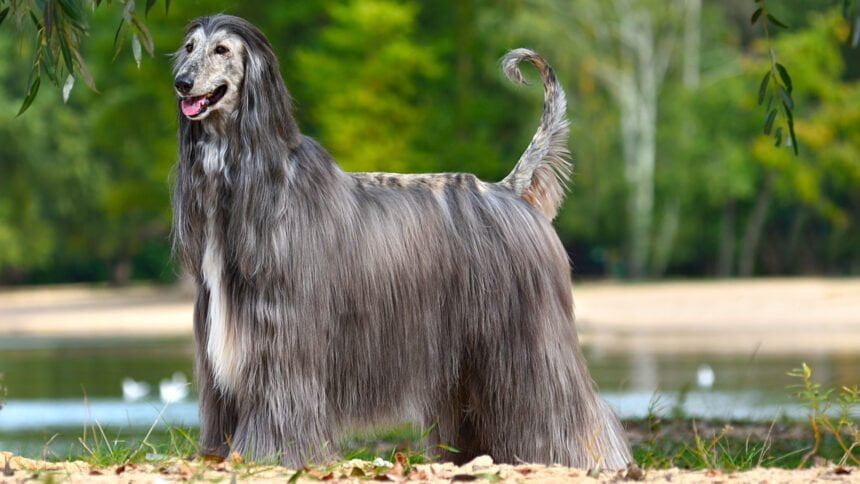The Afghan Hound is a breed with a rich and storied history that traces back thousands of years to the rugged landscapes of Afghanistan. Known for its striking appearance and dignified demeanor, the Afghan Hound has a fascinating background that reflects its significance in Afghan culture and its journey to becoming a beloved breed in the Western world. This article delves into the origins of the Afghan Hound in Afghanistan, its roles and uses by the Afghan people, the reasons behind its name, and the path it took to reach Western countries.
Ancient Origins in Afghanistan
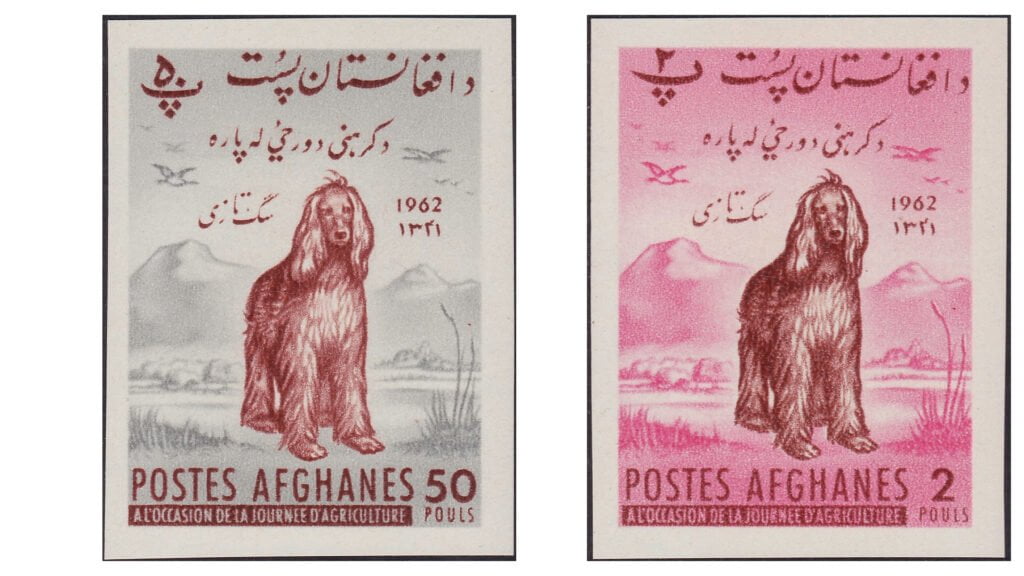
Historical Roots
The Afghan Hound is one of the oldest dog breeds, with a lineage that dates back several millennia. Archaeological findings and ancient texts suggest that these dogs were bred and raised in the mountainous regions of Afghanistan. The harsh terrain and the nomadic lifestyle of the Afghan people necessitated a resilient and agile breed capable of hunting and surviving in challenging environments. The Afghan Hound’s ancestors were likely among the earliest domesticated dogs, accompanying humans on hunts and providing companionship.
Cultural Significance
In Afghanistan, the Afghan Hound is known by several local names, including “Tazi,” “Sag-e-Tazi,” and “Tāžī Spay.” These names reflect the breed’s deep cultural and geographical roots. The term “Tazi” is derived from the Persian word for “swift” or “runner,” highlighting the breed’s exceptional speed and agility. “Sag-e-Tazi” is a Dari term, and “Tāžī Spay” is a Pashto term, emphasizing the breed’s importance in Afghan culture. Other local names include “Balkh Hound,” “Baluchi Hound,” and “bakhmull.” The word “bakhmull” refers to “velvet” and is used to describe the Afghan Hound’s silky coat, which is long and abundant over the entire body except for the “saddle” (middle to lower back), front parts of all four legs, and the muzzle. The coat color is always fawn, ivory, or white with a darker “saddle,” giving the impression of a (yellowish) dog whose coat color matches the khaki sandstone and limestone of the Hindu Kush mountain landscape and deserts. The breed’s association with these regions emphasizes its longstanding presence and significance in Afghan history. Permissible coat colors for the Afghan Hound are fawn, ivory, or white with a darker “saddle.” Coat colors not allowed are red, red with white spots, black, and black with white spots.
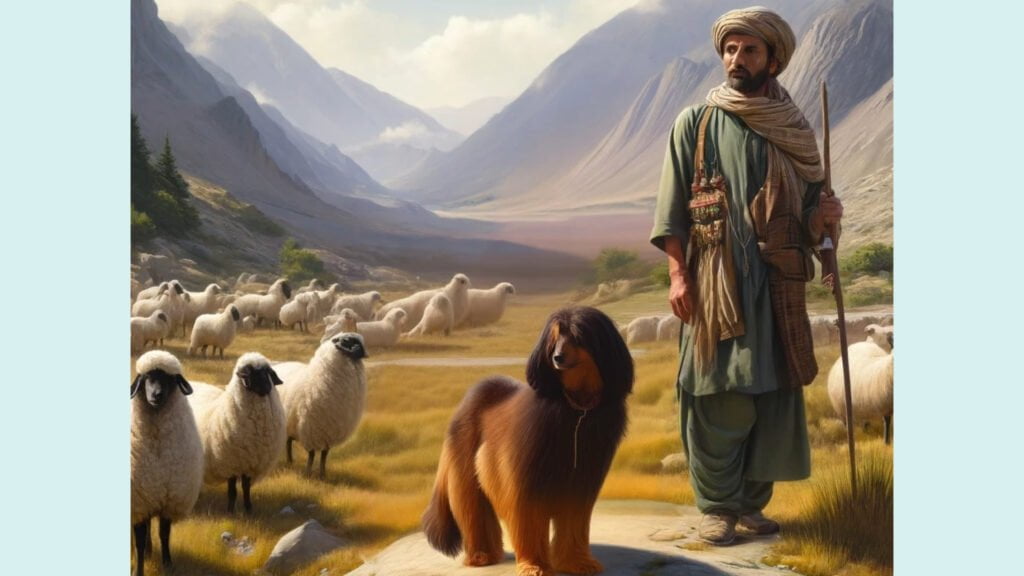
Proverbs Related to Tazi Dogs in Afghan Languages
In the Afghan languages Pashto and Dari/Farsi, there are numerous proverbs and expressions related to the Tazi dog, which symbolize intelligence, speed, and effectiveness in hunting. For example, an exceptionally fast person might be described as “so fast that even a Tazi dog cannot catch him.” Another proverb about someone’s effectiveness says, “He’s like a Tazi; no prey escapes him.” Another Pashto proverb goes, “Even if the Tazi is tired, it can still bring down the deer.” This proverb is typically used when the results of prolonged efforts are imminent.
In an old Pashto folk song, the Afghan Hound is compared to ordinary dogs as follows:
God has given each their share of destiny,
No one can turn a donkey into a steed with saddles.
A common dog can never take the place of an Afghan Hound,
Just as a kite can never match the hunt of falcons.
Symbol of Nobility
The Afghan Hound has long been considered a symbol of nobility and prestige in Afghan society. Historically, these dogs were often kept by royalty and aristocrats, who prized them for their beauty, grace, and hunting prowess. The breed’s depiction in ancient Afghan art and artifacts further attests to its esteemed status. Afghan Hounds were not merely pets; they were valued members of households and integral to Afghanistan’s cultural heritage.
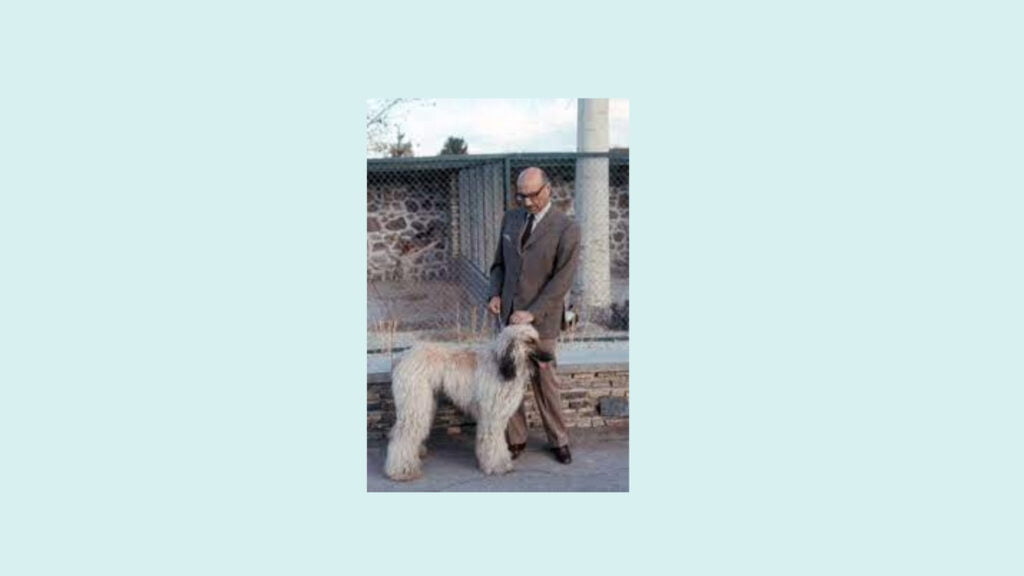
Roles and Uses in Afghan Society
Hunting Companions
The primary role of the Afghan Hound in its native land was that of a hunting companion. The breed’s keen eyesight and remarkable speed made it an ideal partner for hunting various game, including deer, wild goats, and hares. Afghan Hounds were also known to hunt larger predators, such as snow leopards and wolves, showcasing their bravery and tenacity. Their easy ability to navigate the rugged Afghan terrain and their instinctual hunting skills were invaluable to the nomadic tribes and rural communities that relied on hunting for sustenance.
One example of the Afghan Hound’s role in hunting is Noorajan, a resident of Ghazni province. Noorajan hunts quails and also rabbits. He owns two Tazi dogs (Afghan Hounds), one trained to hunt birds in wheat fields and the other for hunting rabbits in the desert. Noorajan emphasizes that training a Tazi (Afghan Hound) requires significant effort and skills and is something only some can do. Besides hunting, his Tazis (Afghan Hounds) also guard his home well at night. He believes that Tazis ( Afghan Hounds) are noble among dogs because “they have been companions of kings,” hence the term “court dogs.”
Guardians and Protectors
In addition to their hunting capabilities, Afghan Hounds served as guardians and protectors of livestock and property. Their keen senses and alert nature made them effective watchdogs, capable of detecting intruders and deterring potential threats. The breed’s imposing presence and loyalty to their owners further enhanced their protective role. Afghan Hounds were trusted to safeguard flocks of sheep and goats from predators, ensuring the safety and livelihood of their human companions.
Companionship and Loyalty
Beyond their practical roles, Afghan Hounds were cherished for their companionship and loyalty. The bond between the Afghan people and their hounds was mutual respect and affection. These dogs were often treated as members of the family, participating in daily activities and sharing in the joys and challenges of nomadic life. Their gentle, empathetic nature endeared them to their owners, fostering deep and lasting connections.
The Name “Afghan Hound”
Origins of the Name
The name “Afghan Hound” directly reflects the breed’s country of origin, Afghanistan. The designation identifies and honors the breed’s historical and cultural roots. Using “Hound” in the name signifies the breed’s primary role as a hunting dog. Combining these elements in the name “Afghan Hound” encapsulates the breed’s heritage, function, and national identity.
Western Naming Conventions
When the breed was introduced to the Western world, the name “Afghan Hound” was adopted to distinguish it from other hound breeds and to emphasize its exotic origins. The Western fascination with the breed’s unique appearance and storied history led to a growing appreciation for the Afghan Hound’s cultural significance and its distinct characteristics.
Journey to the Western World
Early Introductions
The Afghan Hound’s journey to the Western world began in the early 20th century, primarily through the efforts of British soldiers, diplomats, and travelers who had served in Afghanistan. These individuals were captivated by the breed’s beauty, grace, and noble demeanor, and they sought to bring Afghan Hounds back to Europe. The breed’s initial introduction to the West was marked by curiosity, admiration, and a desire to preserve and celebrate its unique qualities.
Establishment in Europe
The Afghan Hound quickly gained popularity in Europe, particularly in the United Kingdom. British dog enthusiasts and breeders were drawn to the breed’s elegant appearance and independent nature. Efforts to establish and standardize the breed in Europe led to the formation of breed clubs and the development of breeding programs aimed at maintaining the Afghan Hound’s distinctive traits. The breed’s exotic allure and historical significance contributed to its prominence in European dog shows and exhibitions.
Recognition by Kennel Clubs
The Afghan Hound’s popularity grew, eventually gaining formal recognition by major kennel clubs. The American Kennel Club (AKC) officially recognized the breed in 1926, solidifying its status as a distinct and valued breed in the United States. The AKC’s recognition helped to further promote the Afghan Hound’s unique heritage and characteristics to a broader audience.
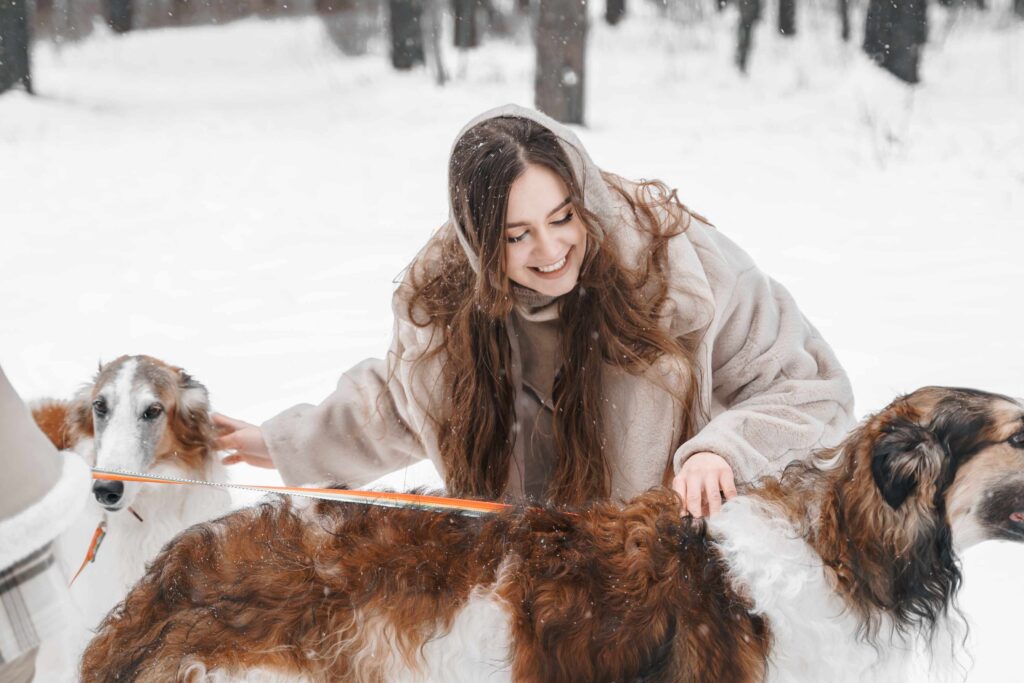
Cultural Impact and Popularity
Throughout the 20th century, the Afghan Hound’s striking appearance and dignified demeanor made it a favorite among dog lovers and enthusiasts worldwide. The breed’s presence in popular culture, including appearances in films, advertisements, and art, contributed to its widespread appeal. Afghan Hounds became symbols of elegance and sophistication, often associated with high society and refined tastes.
Preservation of Heritage
While the Afghan Hound’s journey to the Western world gained widespread recognition and admiration, efforts to preserve its heritage and characteristics remained paramount. Breeders and enthusiasts in both Afghanistan and the West worked to maintain the breed’s unique qualities, including its physical traits, temperament, and historical significance. The commitment to preserving the Afghan Hound’s legacy ensured that future generations could continue to appreciate and celebrate this remarkable breed.
Noorajan from Ghazni province of Afghanistan highlights that people were more interested in keeping Tazi (Afghan Hound )in the past, and Afghanistan’s natural environment was flourishing. “Many people were enthusiasts of hunting. However, now wars, ongoing droughts, and climate change have taken a toll. The lands have dried up, fields no longer attract birds, and green deserts where deer and rabbits were once found are now barren. ” Consequently, according to Noorajan, the breed of Tazi dogs in Afghanistan is dwindling.
The Afghan Hound’s rich history and cultural significance make it a unique and fascinating breed. From its ancient origins in the rugged landscapes of Afghanistan to its esteemed status in the Western world, the Afghan Hound has captivated the hearts of dog lovers for centuries. Its roles as a hunting companion, guardian, and loyal friend reflect its versatility and enduring appeal. The name “Afghan Hound” is a tribute to the breed’s heritage and its journey from the heart of Afghanistan to the global stage. As we continue to appreciate and care for this elegant breed, we honor the deep connections between the Afghan Hound and the people who have cherished it throughout history.





